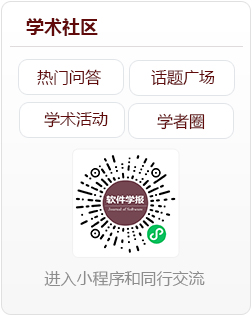Formal Semantics of Apache Flink Complex Event Processing Language
Author:
Affiliation:
Clc Number:
Fund Project:
Get Citation
傅宣登,吴志林. Apache Flink复杂事件处理语言的形式语义.软件学报,2024,35(10):4510-4532
CopyShare

Article Metrics
- Abstract:
- PDF:
- HTML:
- Cited by:
History
- Received:December 08,2022
- Revised:February 21,2023
- Adopted:
- Online: November 22,2023
- Published: October 06,2024
You are the firstVisitors
Copyright: Institute of Software, Chinese Academy of Sciences Beijing ICP No. 05046678-4
Address:4# South Fourth Street, Zhong Guan Cun, Beijing 100190,Postal Code:100190
Phone:010-62562563 Fax:010-62562533 Email:jos@iscas.ac.cn
Technical Support:Beijing Qinyun Technology Development Co., Ltd.
Copyright: Institute of Software, Chinese Academy of Sciences Beijing ICP No. 05046678-4
Address:4# South Fourth Street, Zhong Guan Cun, Beijing 100190,Postal Code:100190
Phone:010-62562563 Fax:010-62562533 Email:jos@iscas.ac.cn
Technical Support:Beijing Qinyun Technology Development Co., Ltd.



